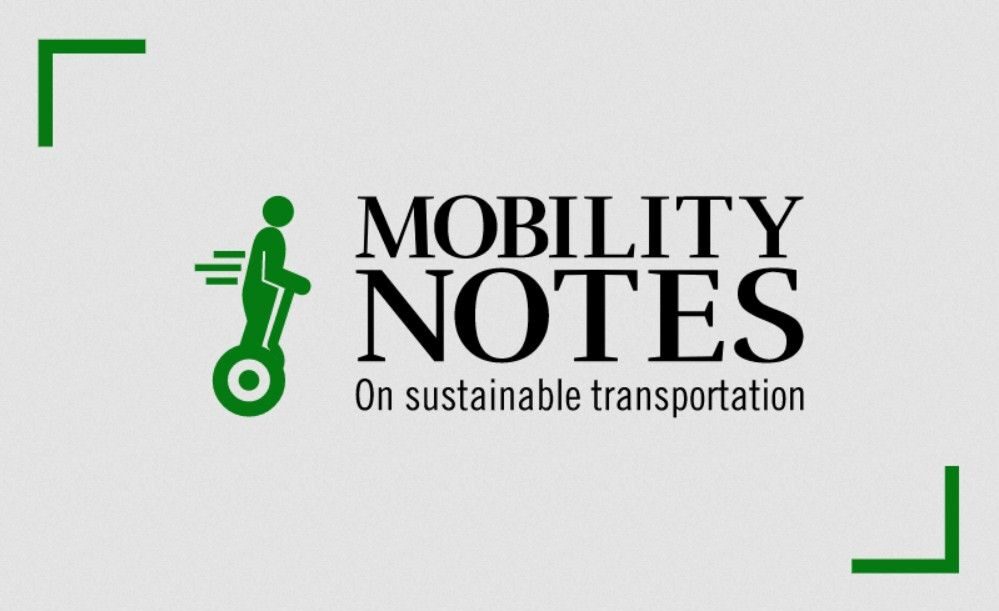A tale of two EV outlooks
What’s better than a long-term EV outlook? Two outlooks, the second even with a longer term horizon, both published in the same month. We described in more detail the previously published outlook by the International Energy Agency here. This is now followed by another outlook by Bloomberg.
Here’s a quick comparison of some of the important aspects pertinent to the rate of electric vehicle uptake – batteries, raw materials, charging infrastructure, increase in electricity demand – and how this ultimately delivers tank-to-wheel greenhouse gas reductions.
Note : Both studies included two scenarios, we are using the “techno-economic” scenario from the Bloomberg study which will likely happen even without significant added government actions. For the IEA study, the range here includes both scenarios – which project EV volumes based on the announced actions and policies.
What’s common?
Lots of EVs coming. Both studies point to ~ 40% EV share of new vehicle sales by 2030 in major markets.
Lots of batteries needed – and both are surprisingly exact on the batteries needed at the upper bound (3.5 TWh) – which translates to ~ 90 more gigafactories needed this decade.
Battery raw materials will be the bottleneck (although the Bloomberg study is optimistic that price pressures will ease in a year or so following more investments)
Charging infrastructure needs to catch up with EV sales.
Electricity demand projections are eerily similar in both studies. It’s a lot of additional electricity, but a small fraction of the overall demand in 2030 (4%).

What’s different?
- The time to develop new mines – one study notes that it could take 4 – 20 years, while another states 2 – 5 years. Both are cautioning that it takes many years to get a mine to full operation, but the time seems off.
- The number of charging points required are very different.
- A major difference is the ultimate impact on GHG emissions : while IEA reports a continuous reduction in coming years due to electrification, Bloomberg projects an increase till the end of this decade followed by a decrease. The increase is presumably due to the combinations of increasing vehicle population, manufacturing footprint of electrics and the upstream emissions associated with electricity.
As Bloomberg notes in their report for one of the scenarios, “Despite the relatively rapid growth of EV sales, […] there are still 800 million ICE vehicles on the road in 2040 – more than half the fleet.”
In the end analysis, it is clear that reducing GHG from the transportation is hard and will require a concerted effort on advancing all technologies. And perhaps the best solution may be to drive less.
If you like such content, check out the monthly newsletter covering the latest on sustainable transportation technologies and regulations. Sign up below.
Like it ? Share it !
Other recent posts
Conference Summary – SAE WCX 2025
![]()
A summary of the “SAE WCX 2025” conference held in Detroit.
IRENA Renewable Energy Capacity Statistics 2025
![]()
According to the latest report from IRENA, 2024 saw the largest increase in renewable capacity, accounting for 92.5% of overall power additions.
CO2 Emissions Performance of Heavy-Duty Vehicles in Europe – 2022 Results
![]()
The European Commission has published the official 2022 CO2 emission results for heavy-duty vehicles. Many OEMs are ahead of the targets and have gained credits, while others have their work cut out as we approach the 2025 target.

